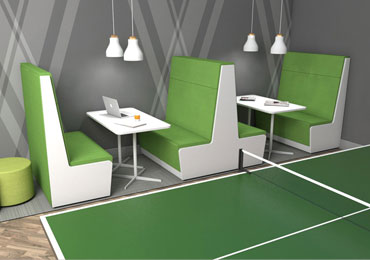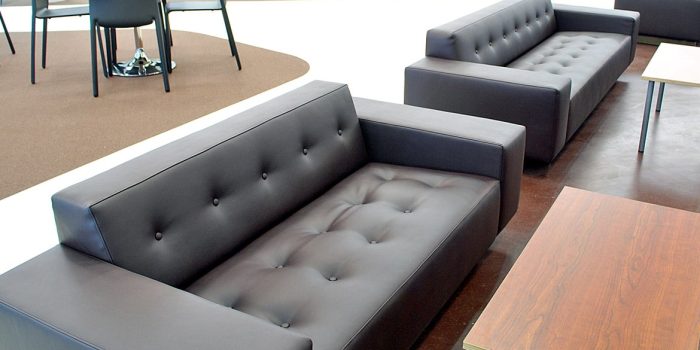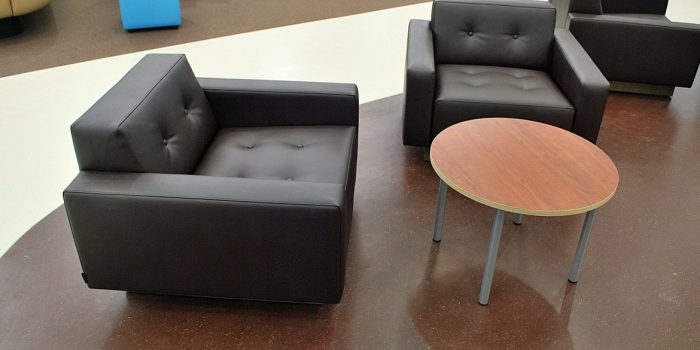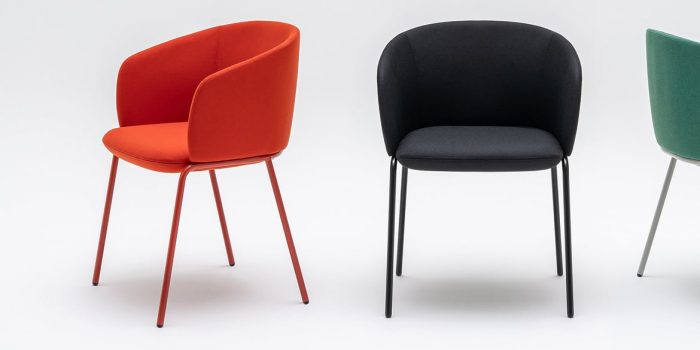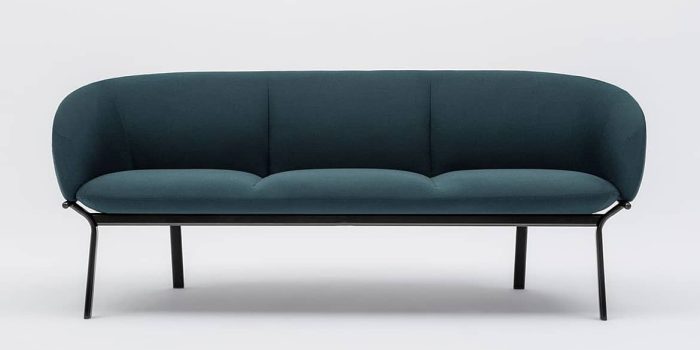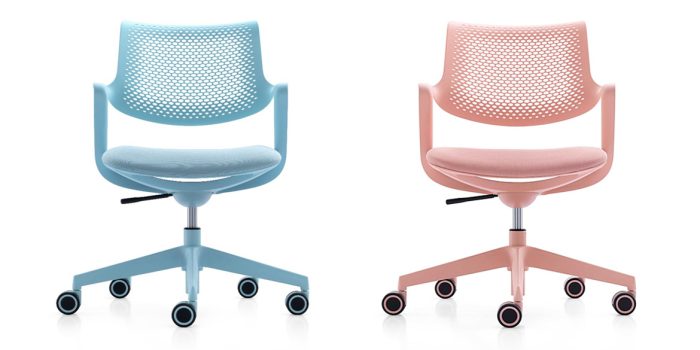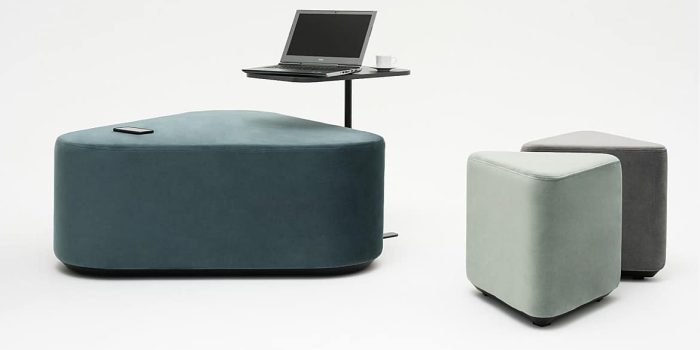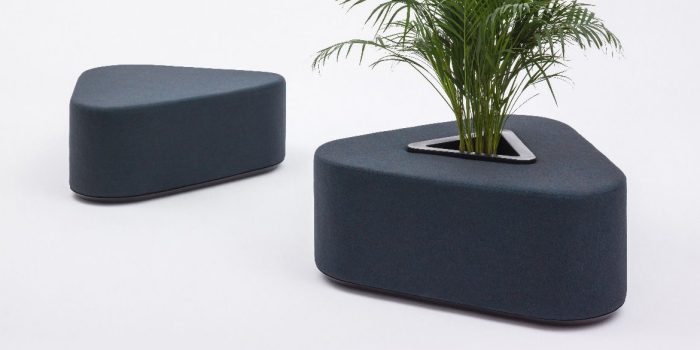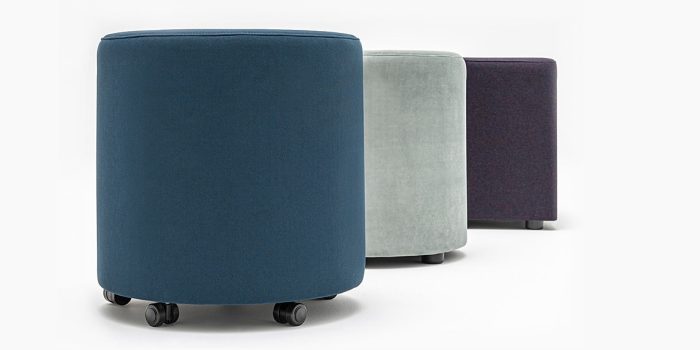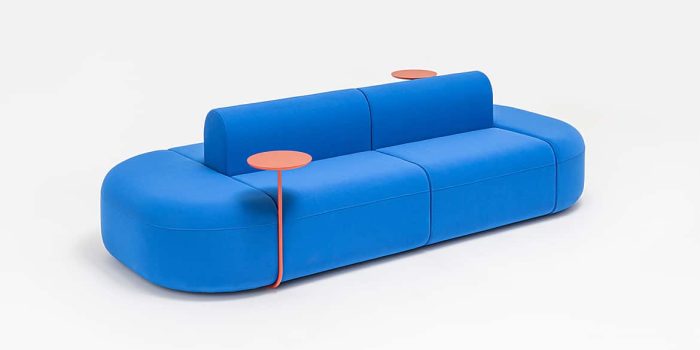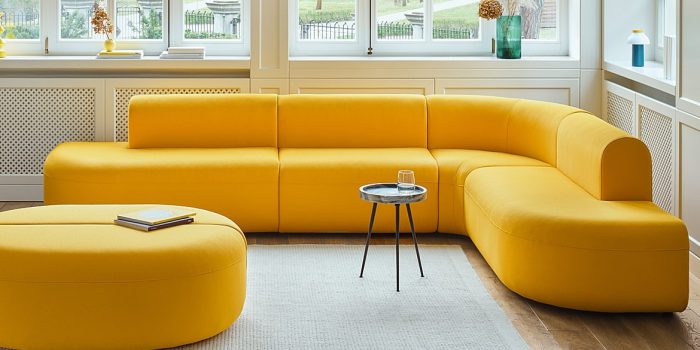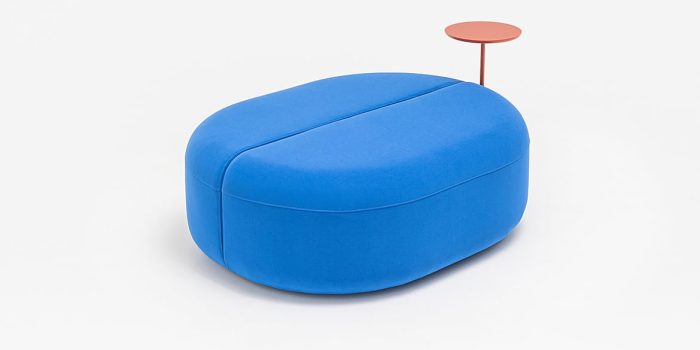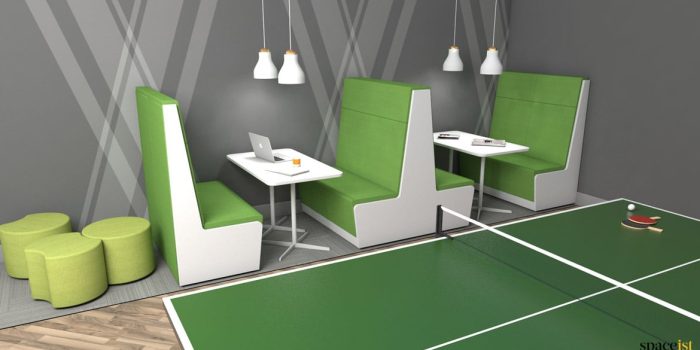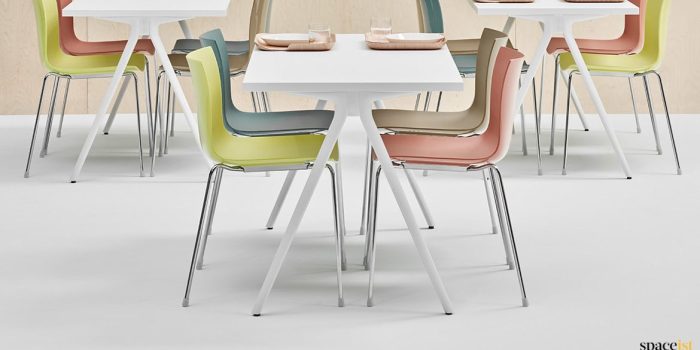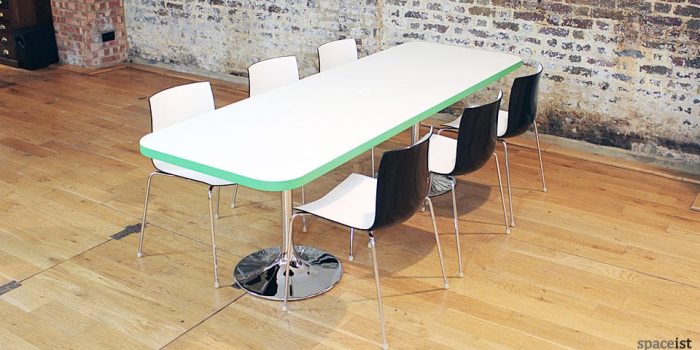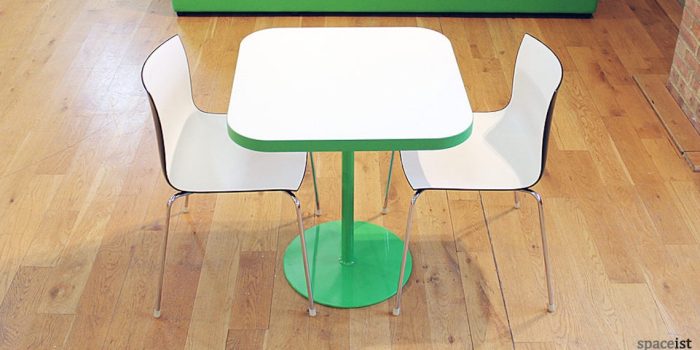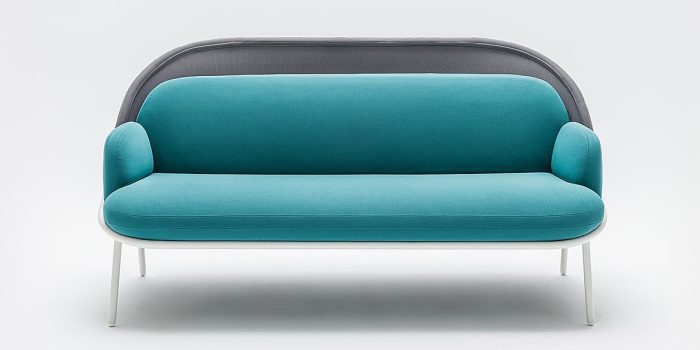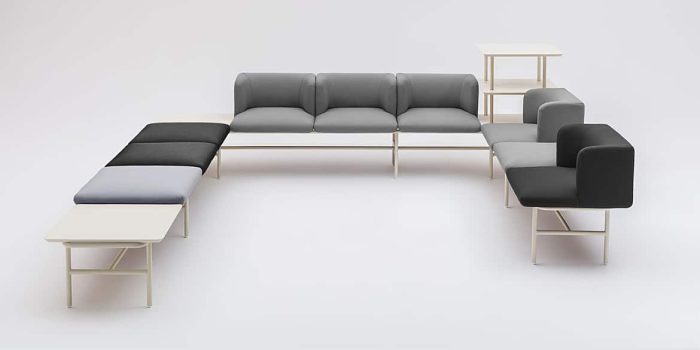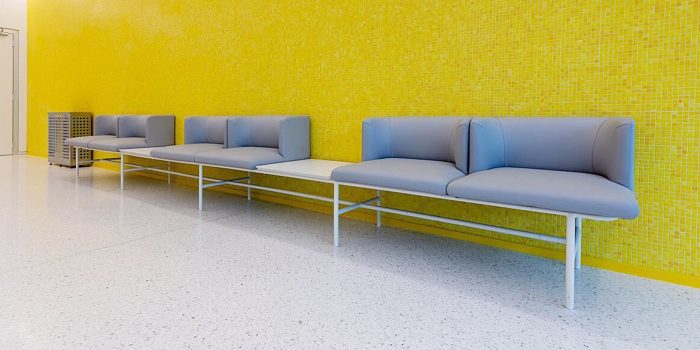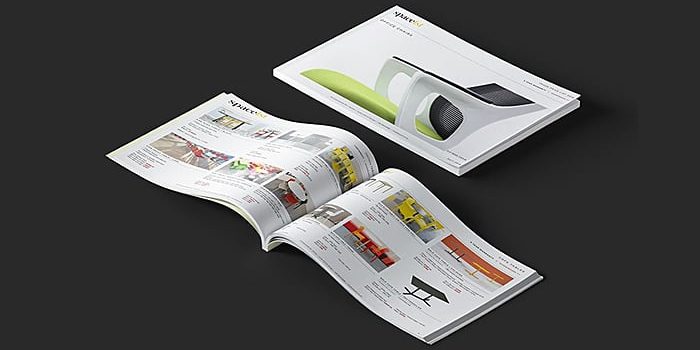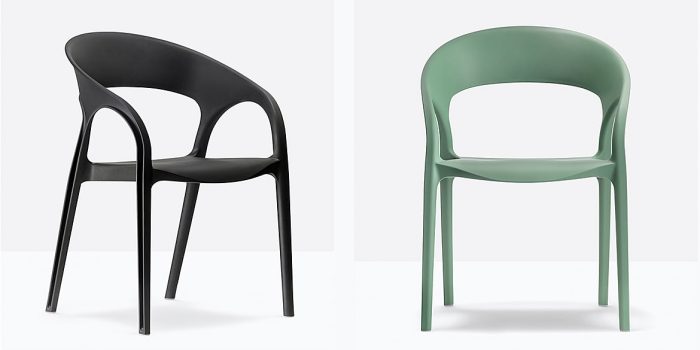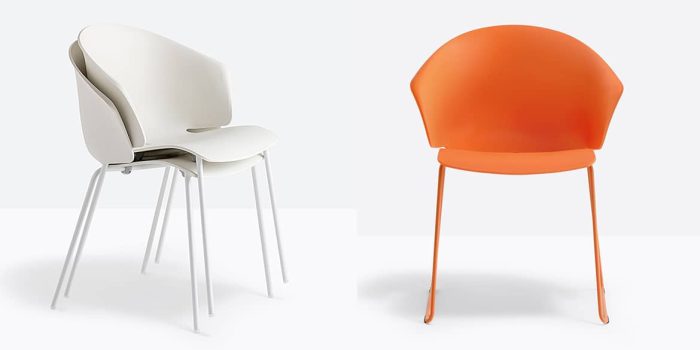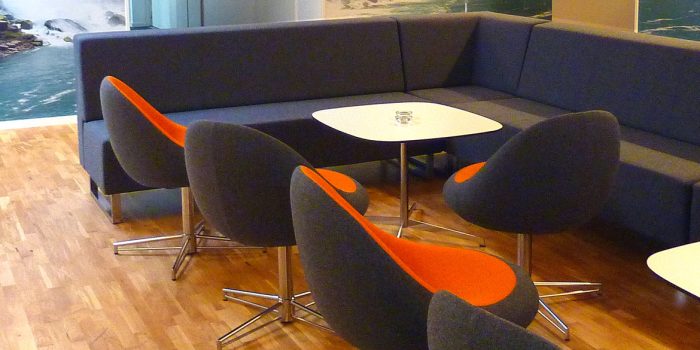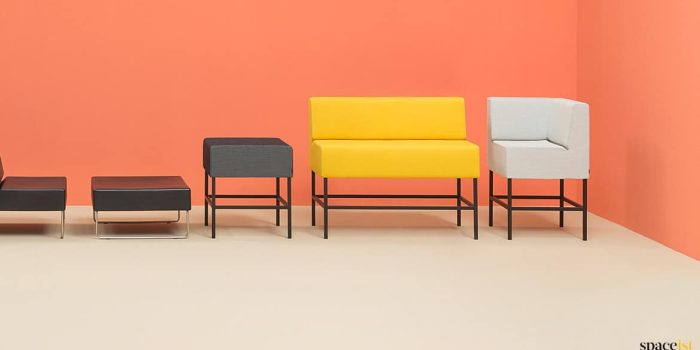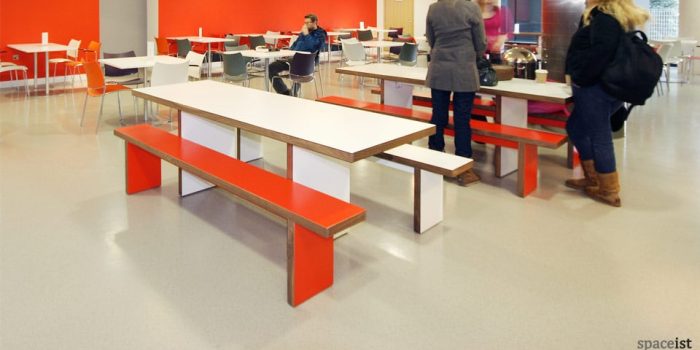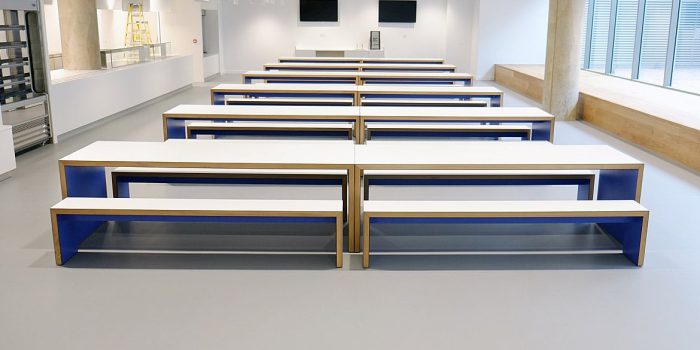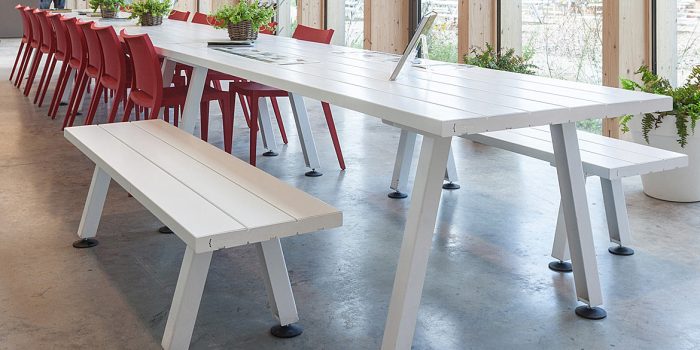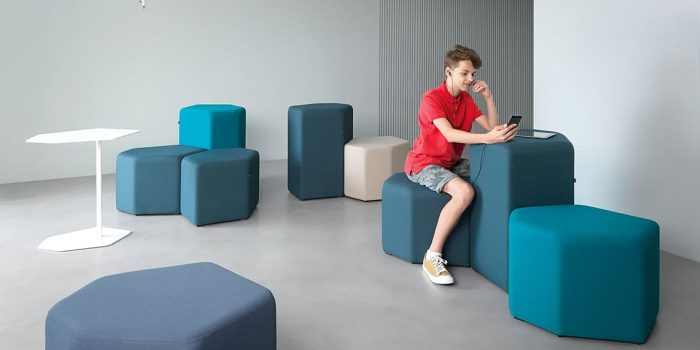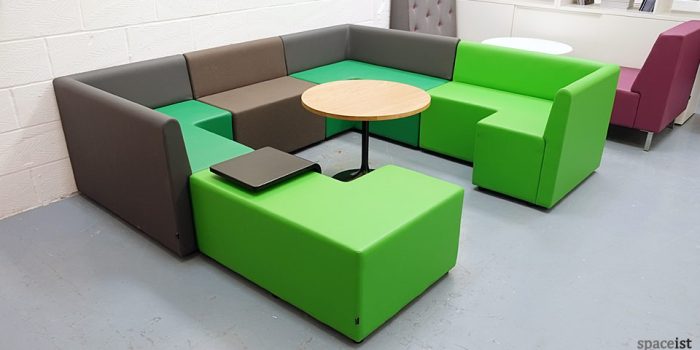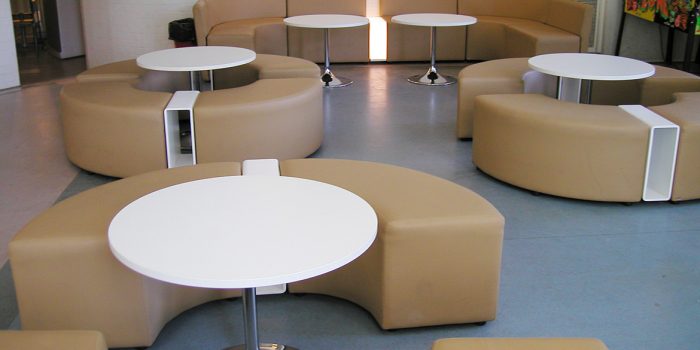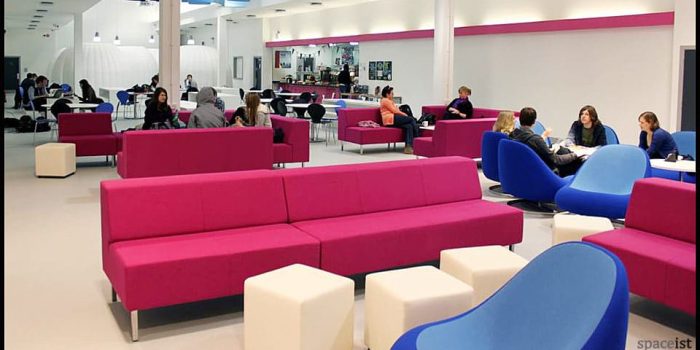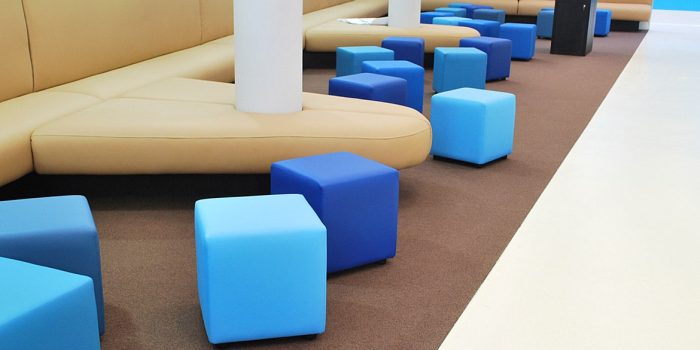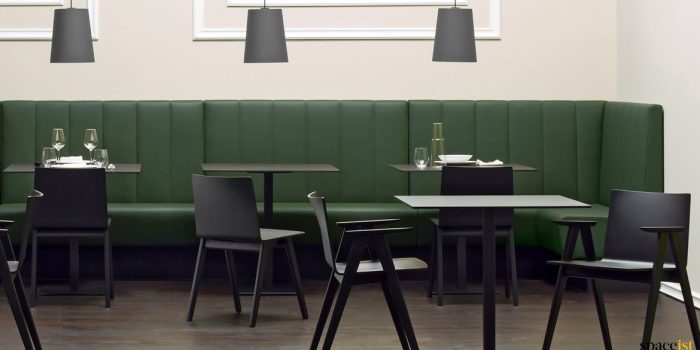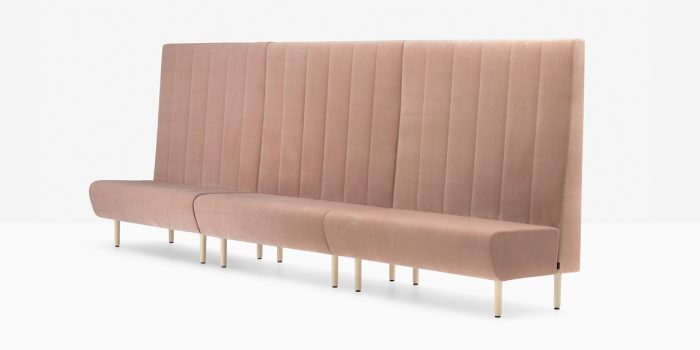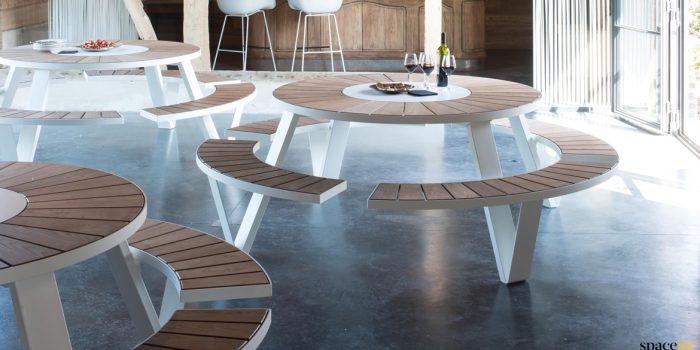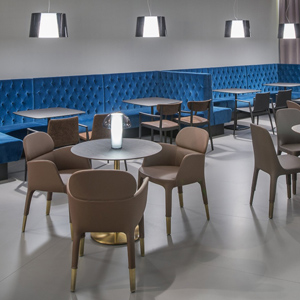Breakout areas have become an essential element in any commercial space, providing a much-needed oasis for relaxation. Recognising the importance of these spaces, our collection of breakout furniture is meticulously designed to seamlessly integrate into various environments, including offices, schools, and bustling staff rooms.
Each piece in our collection is not only aesthetically pleasing but also built to endure the frequent use characteristic of busy break areas. Our range includes a variety of furniture options to cater to different needs and preferences.
Our modular sofas, such as the Arti corner sofa, offer both versatility and style. These sofas can be arranged in multiple configurations, making them ideal for spaces that require flexible seating solutions. We also offer other types of modular seating perfect for breakout spaces including our fun multi-height hexagonal style modular seating inspired by the the Giant’s Causeway.
In addition to break room seating, we offer unique accessories like our Ana ottoman, which features an integrated plant pot. This innovative design not only provides additional seating but also brings a touch of nature into the room, creating a more serene and inviting atmosphere.


